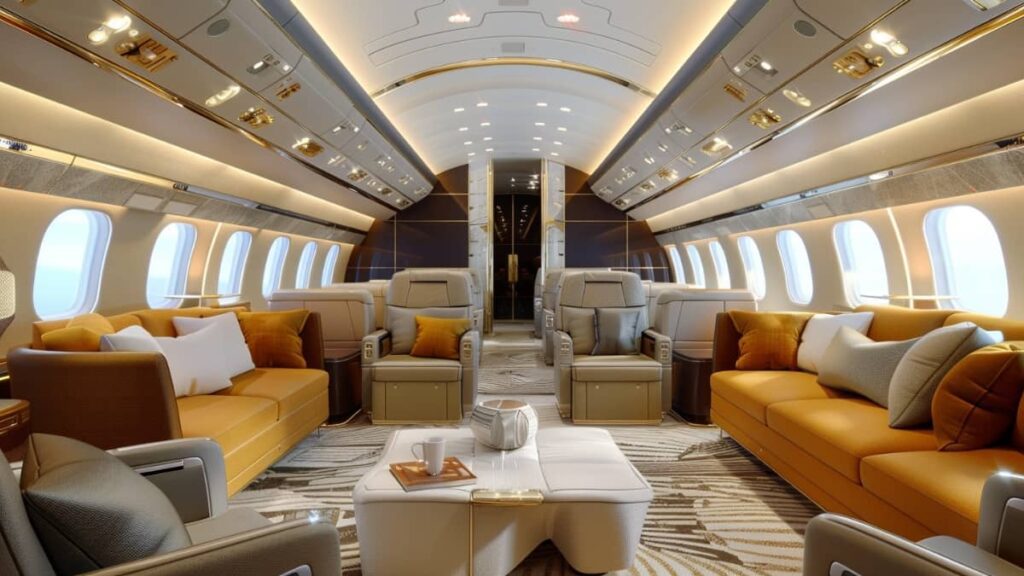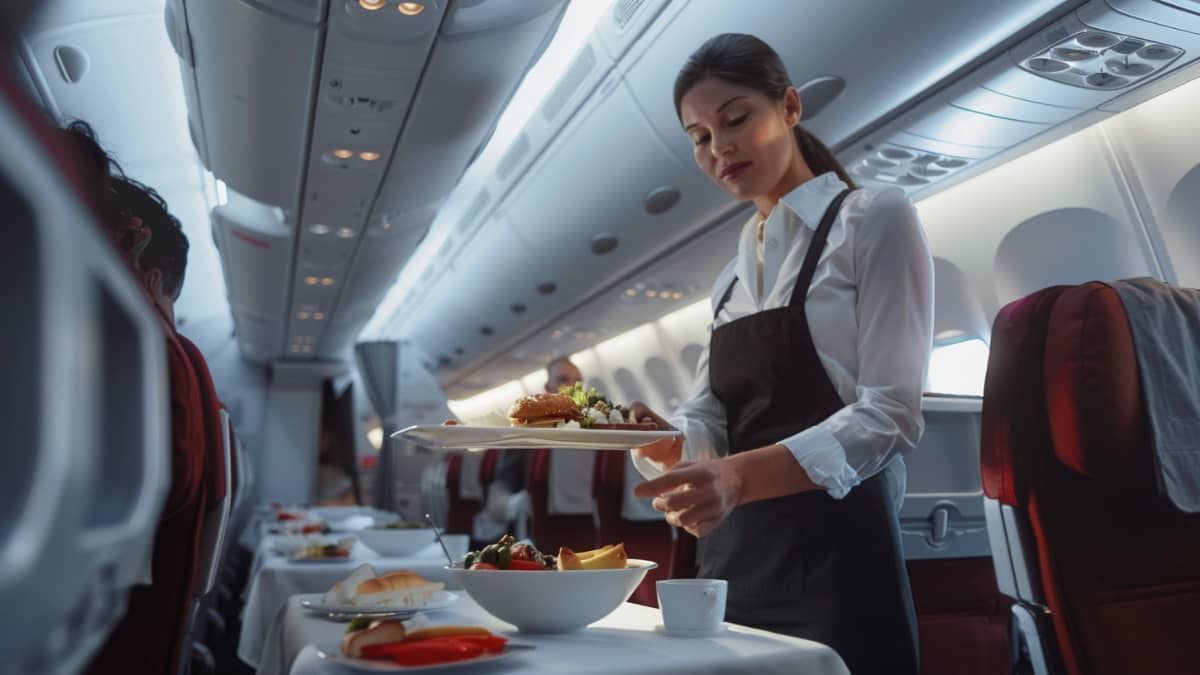Many travelers are acquainted with private jets, but what about semi-private flying? This is a newer form of travel that’s quickly gaining traction. Blending elements of private and commercial aviation, semi-private flights offer passengers a refined and convenient experience. Here’s a comprehensive overview of semi-private air travel.
What Is A Semi-Private Flight?
Semi-private flights are scheduled journeys on small luxury jets, typically carrying 15 to 30 passengers and operating from private jet terminals, also known as fixed base operators (FBOs). Their primary advantage is convenience; by utilizing FBOs, passengers can bypass the usual hassles associated with traditional airports, such as TSA security screenings.
“Flying semi-private means traveling on air carriers that operate similarly to larger commercial airlines, but without the inconvenience of long lines for baggage check, security screening, crowded boarding areas, and cramped seating in economy class,” explains Dr. Dan Bubb, a professor at the University of Nevada, Las Vegas, and a former airline pilot, to T+L.
Unlike traditional private jet charters, where you hire a specific aircraft for a particular route, semi-private flights operate on fixed schedules similar to major airlines. You book a single seat rather than chartering the entire jet. The onboard atmosphere is closer to a private jet experience than a commercial one, with spacious seating, complimentary alcohol, snacks, and checked baggage included.
Carriers Offering Semi-Private Flights

Airlines providing semi-private flight services include JSX, Tradewind Aviation, Aero, Set Jet, Blade, and Surf Air. While some of these carriers require a monthly membership to access their semi-private public charters, others are available to the general public.
Destinations for Semi-Private Flights
Semi-private air carriers generally operate on a smaller scale compared to commercial airlines, focusing on regional routes. Some extend their services nationwide, and a few even offer flights to destinations in Mexico or the Caribbean. Popular routes often cater to business travelers, such as between Los Angeles and San Francisco, or to high-end vacation spots like Los Angeles to Los Cabos, Mexico, and New York City to Martha’s Vineyard, Massachusetts.
Cost of Semi-Private Flights
The expense of semi-private flights varies based on the route and season. Generally, the cost is similar to first-class fares on domestic flights, though prices can escalate significantly during peak travel periods. Shorter flights typically start at approximately $200 one way, while longer journeys can reach several thousand dollars each way.

Downsides of Semi-Private Flights
The drawbacks of semi-private flights include higher costs and a limited range of routes and schedules. “If a flight is canceled, some semi-private carriers don’t have partnerships with major airlines to rebook passengers,” explains Bobby Laurie, a former flight attendant, to T+L. “Connecting to a major airline requires traveling to regular terminals, as semi-private flights operate out of smaller executive terminals.” Additionally, Dr. Dan Bubb points out that turbulence can feel more pronounced on the smaller jets used by these carriers.
Popularity of Semi-Private Flights
Semi-private travel surged in popularity during the pandemic due to the reduced crowds at smaller terminals. Although many passengers have since returned to traditional commercial flights, demand for semi-private options remains strong, prompting many carriers to expand their flight offerings.






